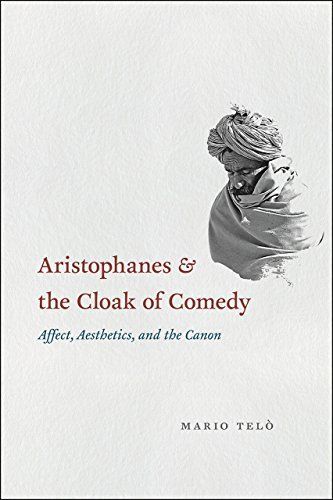
Aristophanes and the Cloak of Comedy Affect, Aesthetics, and the Canon
Aristophanes and the Generation of Greek Comedy challenges the ways in which both ancient and modern scholarship have created the figure we know as Aristophanes and it builds on Telo's the long-term project to study the genres of ancient Greek literature (particularly plays) as well as genre theory more generally.Telo asks, how did the image we know of Aristophanes arose? Aristophanes' supremacy is traced, by Telo, back to the playwright himself. Early scholars presented Aristophanes' work as a prestigious object, an expression of supposedly transhistorical values of dignity (semnotes) and self-control (sophrosune). This construction of the merits of Aristophanic comedy over that of other varieties depends on its textual connections with other works, particularly tragedies. Telo shows, through close readings of Wasps and Clouds, for example, how the Aristophanic style is actually figured in the plays as the tactile experience of a garment, a soft, protective cloak intended to shield an audience from the debilitating effects of competitors' comedies during the Dionysia. Aristophanes' narratives of sons and fathers, poet and audience, is thus at the center of the discourse that has shaped his canonical dominance ever since.